Guiding your students to have a strong number sense is a crucial element in the early years. The maths concept of subitising, forms an essential part of developing that number sense. This blog will outline what subitising is and provide some fantastic printable subitising activities you can use in your classroom today!
What is Subitising?
Subitising is the ability to instantly recognise the number of objects in a small group without the need to count them. For example, when a student rolls a dice they can instantly recognise the number of dots on the face of the dice. Subitising in the early years is all about helping students to relate numbers to actual items or groups of items.

The Importance of Teaching Subitising
In the beginning stages of number sense, most young children will learn to count by rote, however, it’s the next step in the learning journey that some children struggle with. While these students may sound like they know what they are doing when they are counting out loud, some children don’t always fully understanding the meaning behind the numbers they are counting.
Encouraging students to subitise groups of items allows them to develop an understanding of how a number is made up of a collection of items.
The process of subitising can also be used with seeing parts in the whole. For example, in the image below you could encourage a student to group the dots by colours and instantly recognise there are four red dots and two blue dots making a total of six dots altogether.
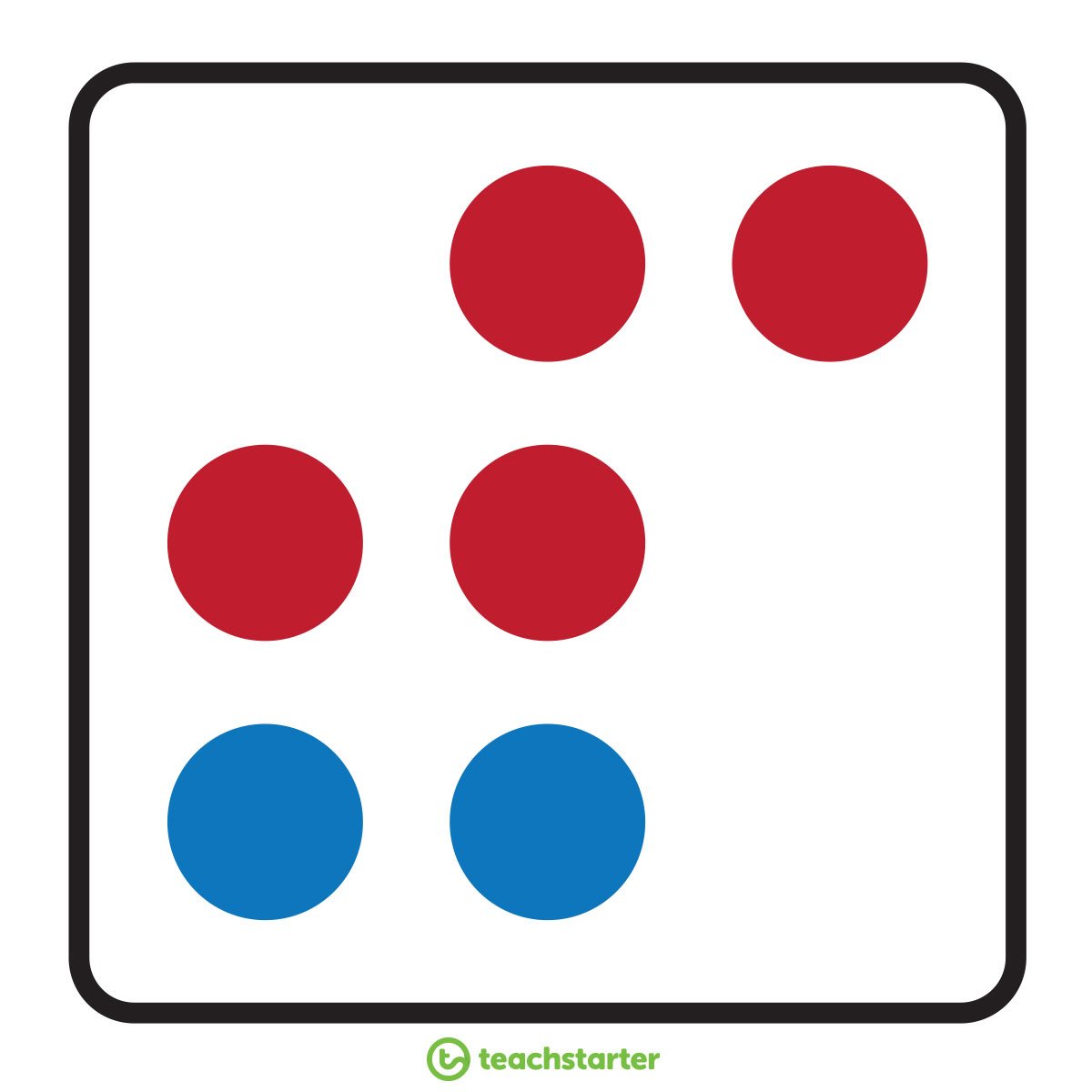
This understanding of the part-part-whole enables children to separate and combine numbers and is the perfect platform for the understanding of addition and subtraction.
Subitising Activities and Resources
The other aspect of teaching your students about subitising is using the mathematical term of ‘subitising’. Read all about the importance of using maths terminology in the classroom on our blog.
The next step is to create a variety of hands-on, repetitive activities to consolidate your students’ awareness of subitising.
Here are some suggested subitising activities and resources you could use in your classroom…
Subitising Teaching PowerPoint
You may like to start off your students’ subitising journey with our simple Subitising PowerPoint. It covers the following topics:
- subitising
- subitising small collections
- subitising to organise small collections
- subitising with dice
- subitising with dominoes.
Subitising Rings (1-20)
All you need for this great hands-on activity is our Subitising Rings and some wooden pegs.
Write the numerals on each end of the wooden pegs and then encourage your students to match the numeral on the wooden peg to the matching amount of dots on each of the Subitising Rings.
Challenge them by timing how fast they can match the pegs to their correct spots on the ring.
Subitising Leap Frog Game
A fun game for your students to play during maths rotations when learning to subitise numbers from 1 to 6.
Print and laminate a class set of the subitising leap frog game boards then print, cut and laminate a set of frog player pieces to store in a zip-lock bag with a dice.
In pairs or small groups, students play the subitising leap frog game by matching the dots on the lily pads to the dots on the dice.
Lock and Key Subitising Activity
This is another great activity that you could set up for students to do as they enter the classroom for morning activities or during maths rotations.
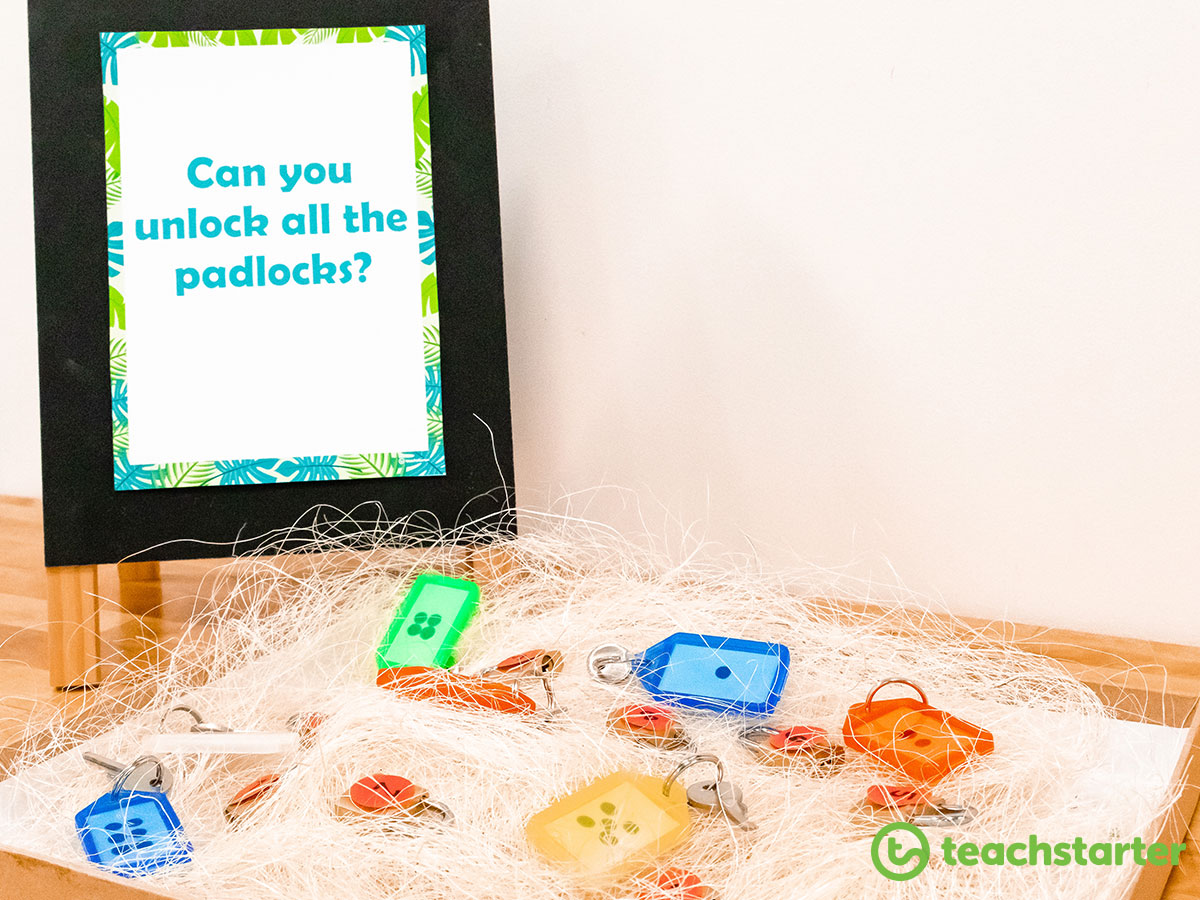
Write a number on each of the padlocks, then draw dots (like the dots on a dice) on the name tag of each of the keys – make sure the correct key unlocks the correct padlock.
Students then need to try and unlock all of the padlocks by choosing the correct amount of dots on each of the keys.
Subitising Animal Activity
Use these cute subitising animals to consolidate your students’ knowledge of subitising small collections.
In this activity, students roll a dice and then place that amount of round stickers or pompoms on to the circles in their chosen animal. They are finished once the animal is fully covered.
Encourage students to get faster each time they complete this activity.
Subitise Classroom Objects
Another easy to set up activity is to screate groups of objects from the classroom that students need to subitise. This is a great small group activity where the teacher can have an in-depth conversation with the students about the collections of objects. Some questions could include:
- Without counting the rocks, how many rocks can you see?
- How did you work out there were 6 rocks?
- How many green and black pompoms can you see?
- How many pompoms altogether?
- How many buttons altogether?
- How did you work out how many buttons were there? Did you break the collection into smaller collections?

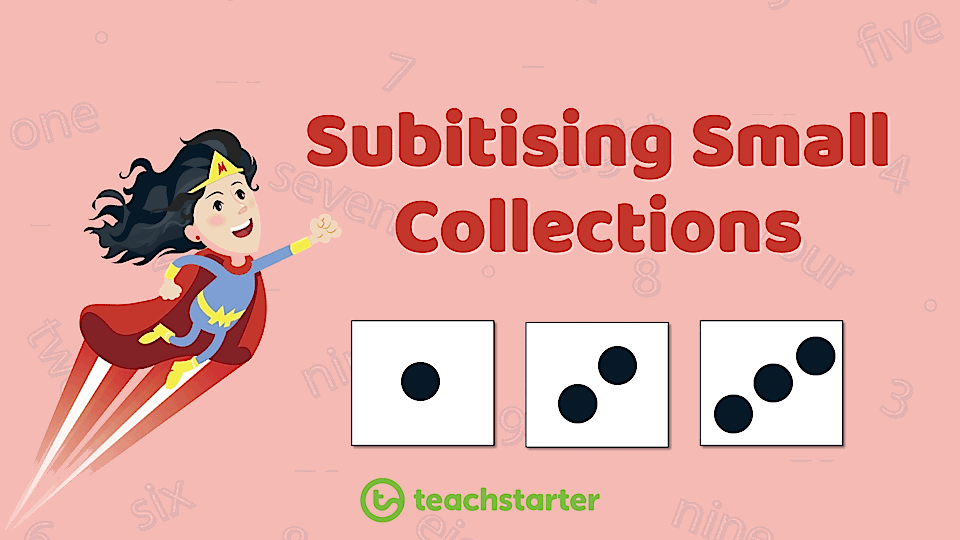
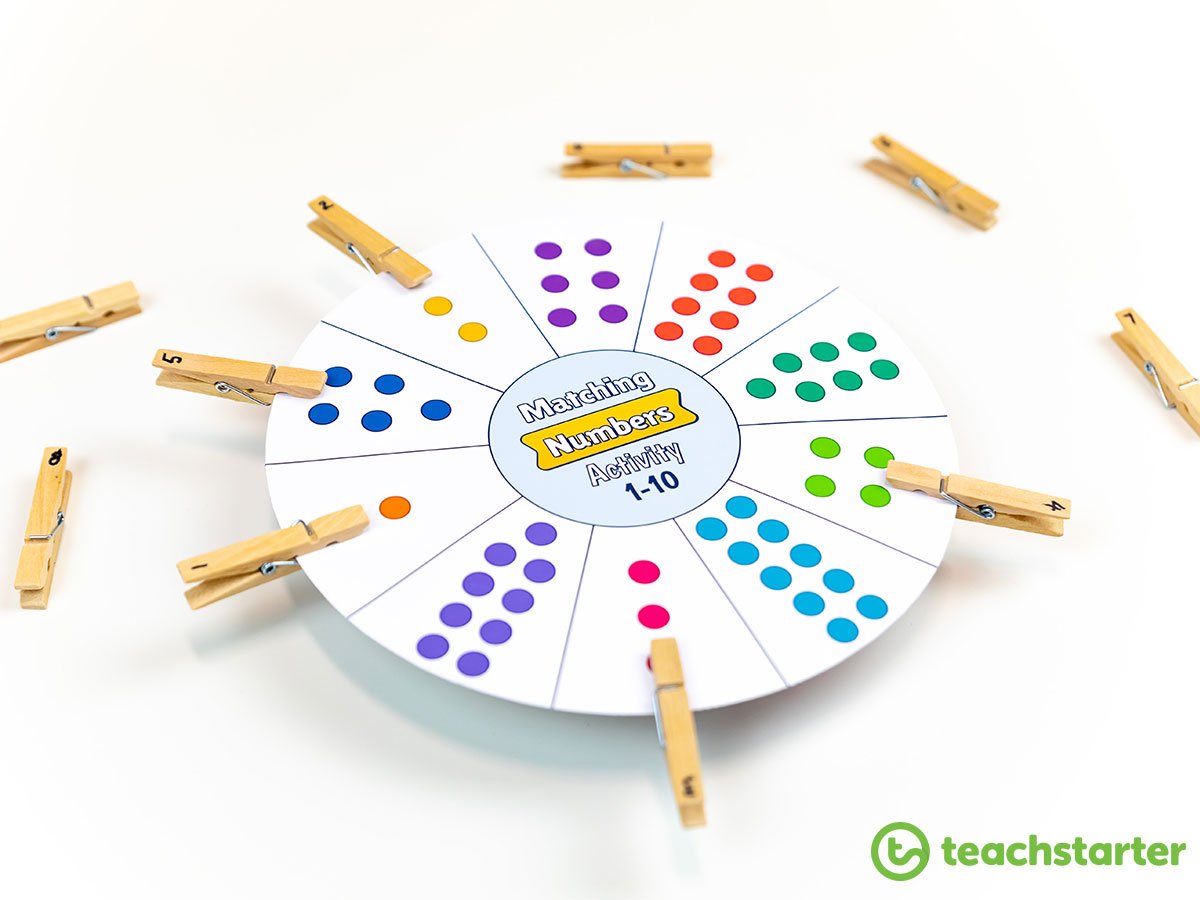
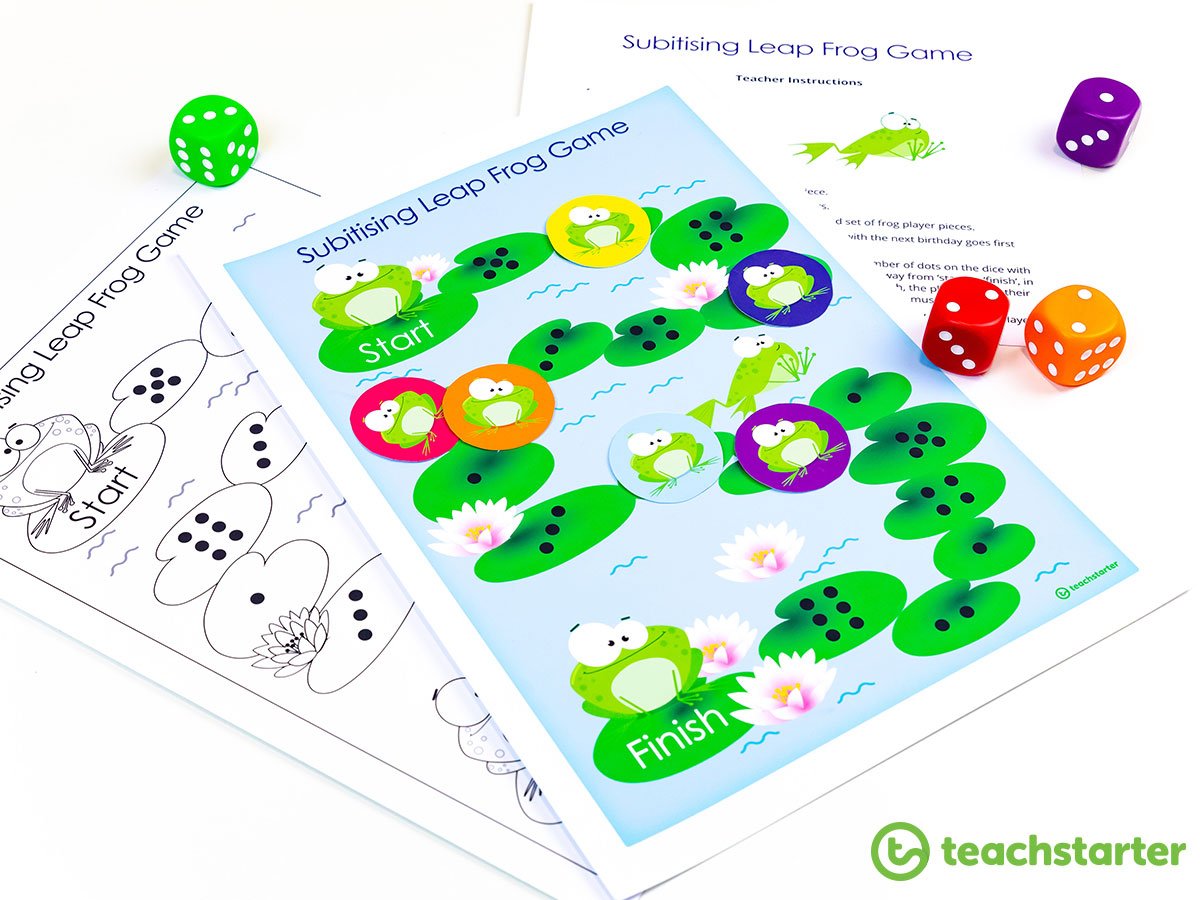
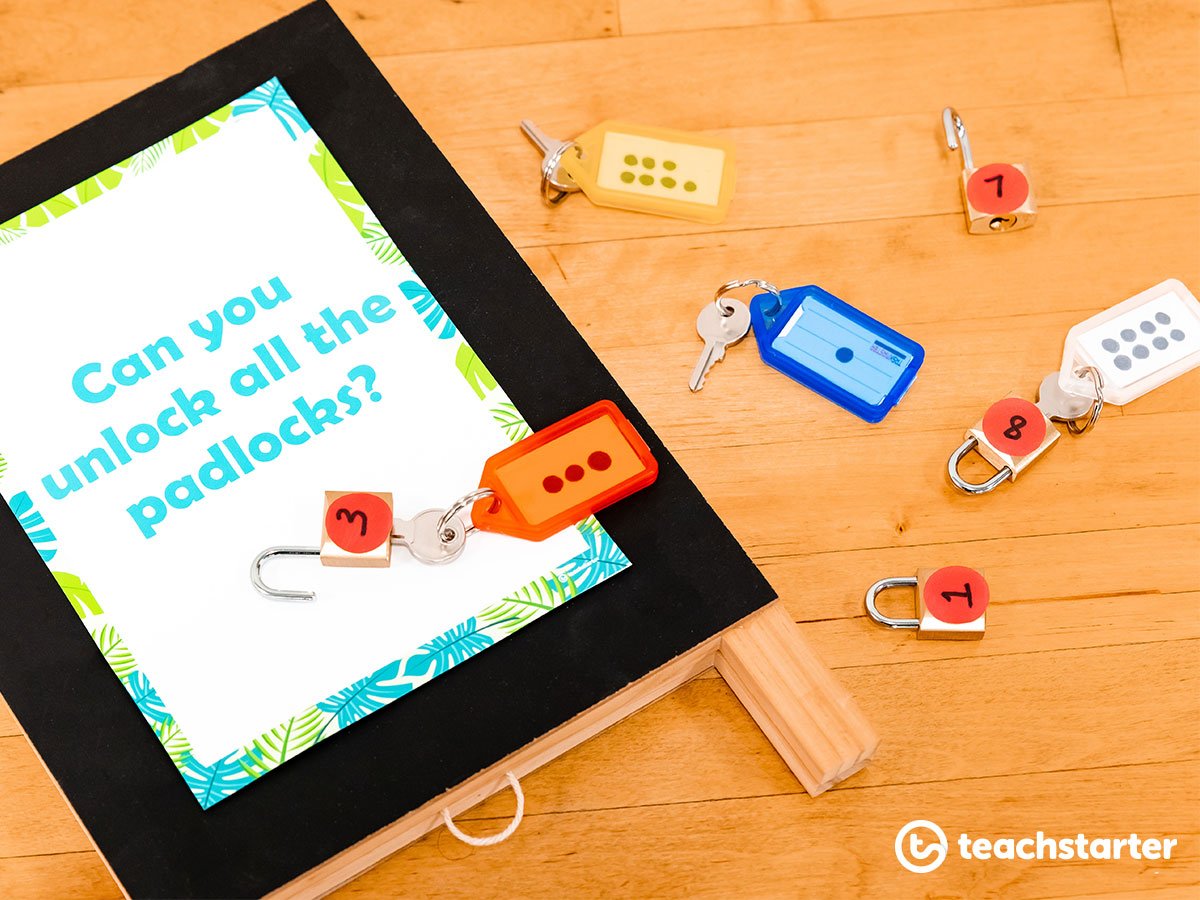
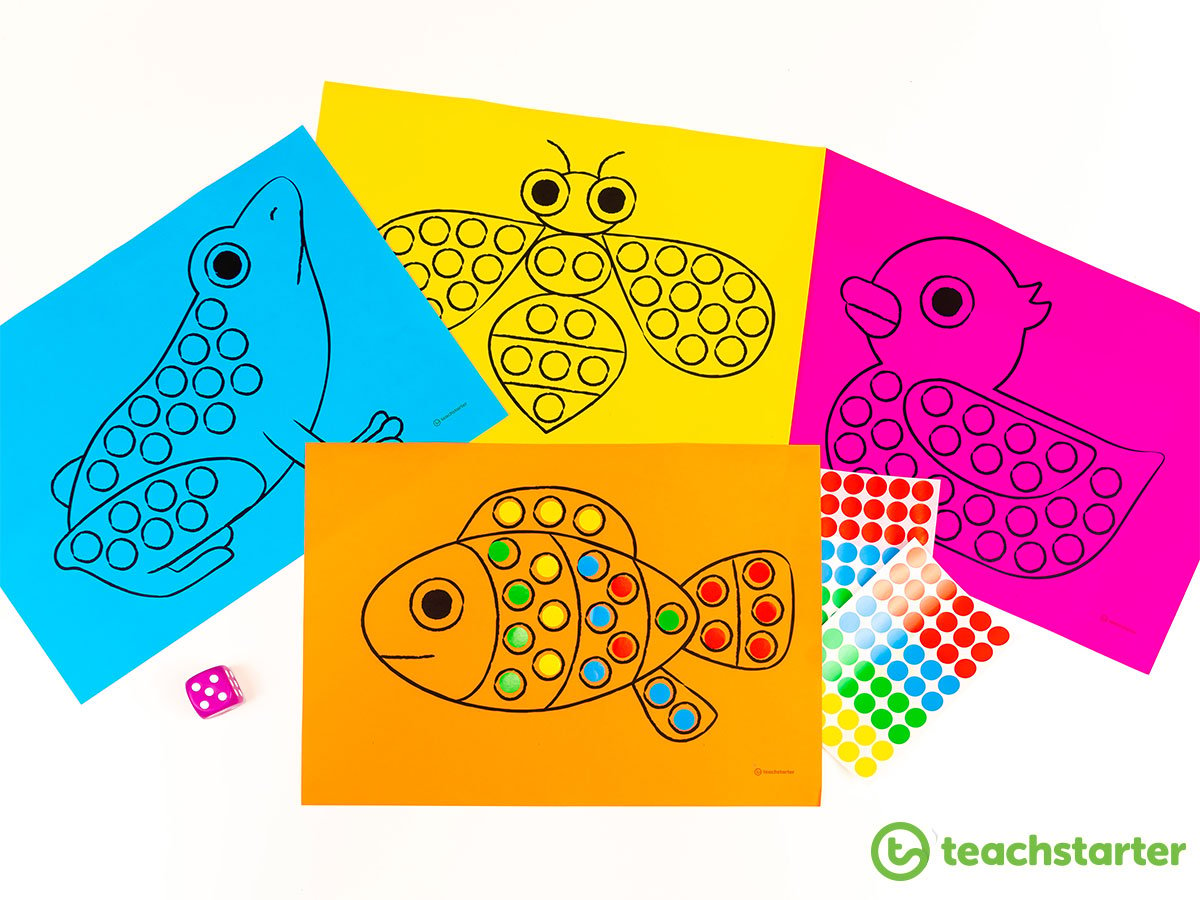
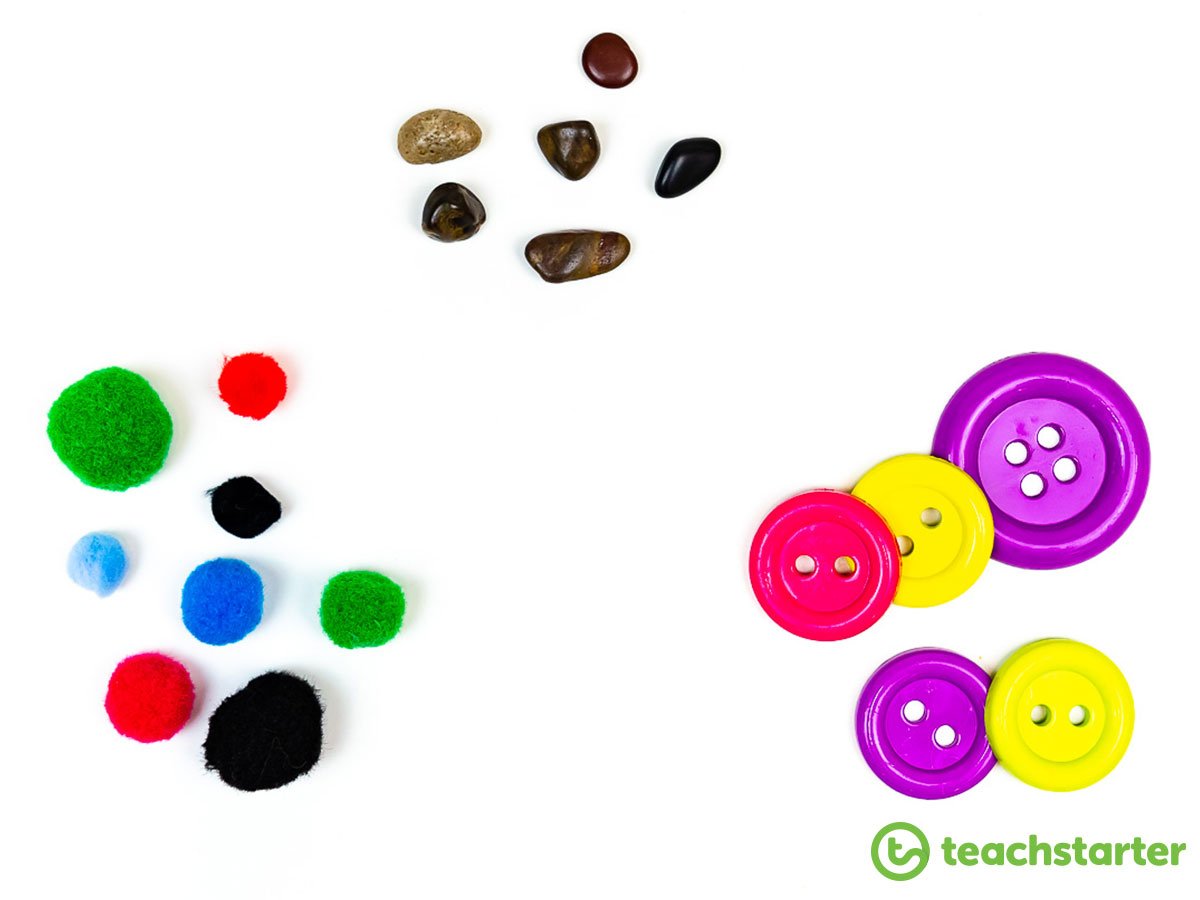







Comments